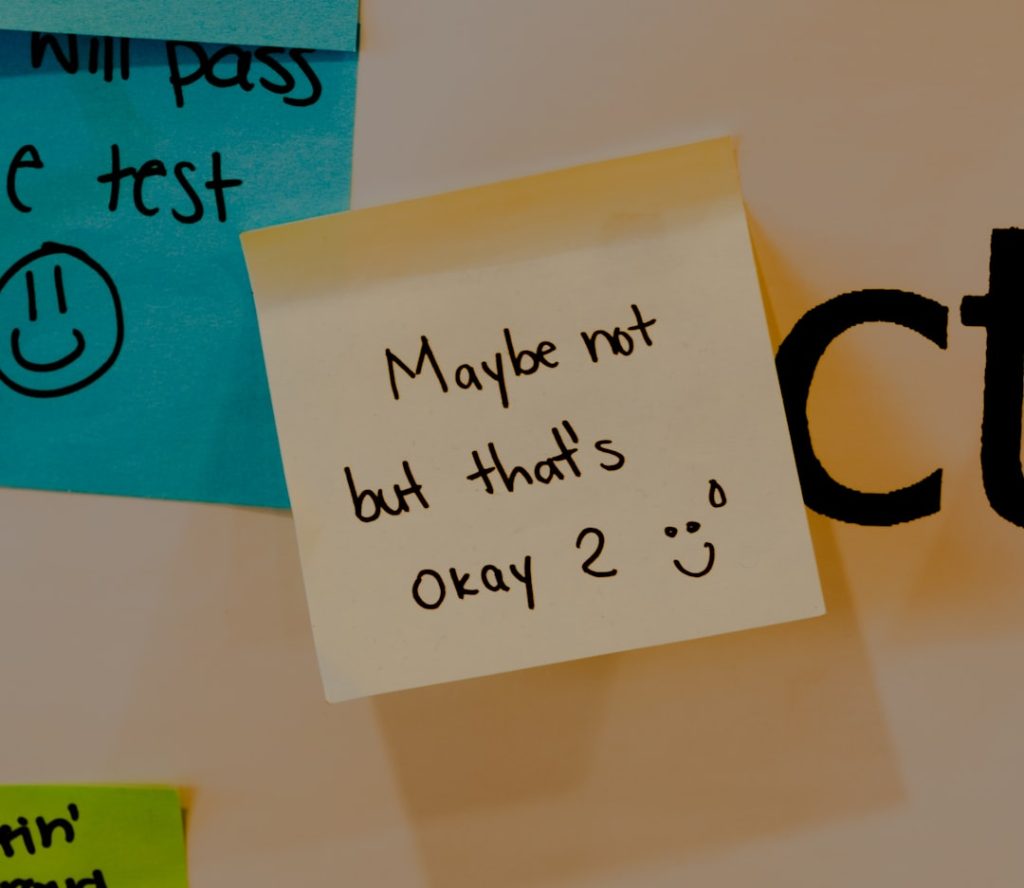I was on the phone with a new vendor who opened with a simple idea. What if we could just be helpful to people. No jargon. No clever spin. Start by helping, then let the numbers take care of themselves. Profitability follows, for all the stakeholders. I like that starting point because it matches what I see in the field every week. When you make it easier for people to get what they need, customers stay longer, employees engage, and the plan performs.
For leaders running mid-sized companies, especially in manufacturing, construction, transportation, and distribution, this is not a soft sentiment. It is a practical operating system. Margins are earned one smart decision at a time. A helpful business is a profitable business, because waste goes down, trust goes up, and the flywheel gets lighter with every turn.
The business case for helping people
Why serving first drives margin and growth
When you align your company around helping customers, two things happen fast. Retention improves, and referral volume grows without extra spend. People come back when they feel seen and supported. They tell peers when the experience feels fair and simple. That reduces acquisition cost and creates steadier revenue, which shows up in healthier margin.
Reputation follows the same path. In crowded markets, a reputation for service is the clearest moat you can build. Helpful companies resolve problems quickly, explain choices plainly, and remove friction before it becomes a complaint. That consistency earns trust, which lets you hold price and sell the full value of your work.
The financial impact is not abstract. Loyal customers buy more over time, and the cost to keep them is lower than the cost to replace them. On the expense side, a helpful culture cuts rework, churn, and confusion. In benefits, for example, clear guidance and aligned incentives prevent avoidable claims. The same playbook that delights people also defends EBITDA. That is the point.
Real-world examples
How customer-first companies convert goodwill into results
Apple wins by making the experience easy. Well trained teams, clear answers, and fast resolutions build trust that lasts across product cycles. That trust is why customers stay in the ecosystem and why the brand commands premium pricing without apology.
Amazon built a growth engine on customer obsession. Fast shipping, simple returns, and useful recommendations remove friction at every step. Zappos took it even further with service that prioritizes the person, not the script. None of this is magic. It is relentless execution on the idea that if you make it effortless to buy and painless to fix, people reward you with loyalty.
We see the same pattern in employee benefits. A mid-sized manufacturer asked us to help after specialty drug costs spiked. We focused on being useful to employees first. We gave people clear choices, real support, and a simple path to clinically equivalent therapies. Within months, avoidable spend dropped, access improved, and HR stopped fielding panic calls. Morale lifted, and so did cash flow. Help people, then watch the math come around.
Implementing a customer-centric approach
A practical playbook for mid-sized companies
Start by listening closely to the people you serve, and to the frontline teams who hear their unfiltered feedback. Ask simple questions, and remove one piece of friction at a time. When customers tell you what works and what does not, treat it as free R&D. Close the loop by showing them what you changed and why. That creates a habit of trust.
Next, empower your team to solve problems in real time. Give them clear guardrails, the right tools, and permission to do the helpful thing without waiting for three approvals. Train for judgment, not just policy. People remember the moment someone made it easy, and they will pay you back with time, attention, and spend.
Finally, measure what matters. Track loyalty, resolution speed, first contact fixes, and the cost of confusion. In benefits, look at trend lines for pharmacy, avoidable ER visits, steerage to high value care, and member satisfaction. Review the data monthly, share wins, and course correct quickly. If you want a fast way to see how this shows up in the P&L, read the Instant EBITDA eBook, or if you prefer to talk it through, grab time on my calendar. Helpful is a strategy, and it works when you run it on purpose.
If you want to explore how this could look in your company, you can schedule a conversation at this link, download the Instant EBITDA eBook, or review our books. Let’s make it easier for your people to win, and let the profits follow.
If you’re leading a mid-sized company—especially in manufacturing, construction, distribution, or logistics—you already know: helpfulness isn’t fluffy. It’s a strategy. The good news? When you bake it into the way your company runs, profit isn’t far behind.
Want to see what helpful, profitable leadership looks like in practice? Start here:
- 📘 Download the Instant EBITDA Playbook – Stop leaving margin on the table with benefits that don’t serve your business or your people.
- 🎥 Explore insights from my latest books – Quick reads with big bottom-line shifts.
- 🤝 Book a call with me – If this resonated, let’s talk through what it could look like inside your company.

